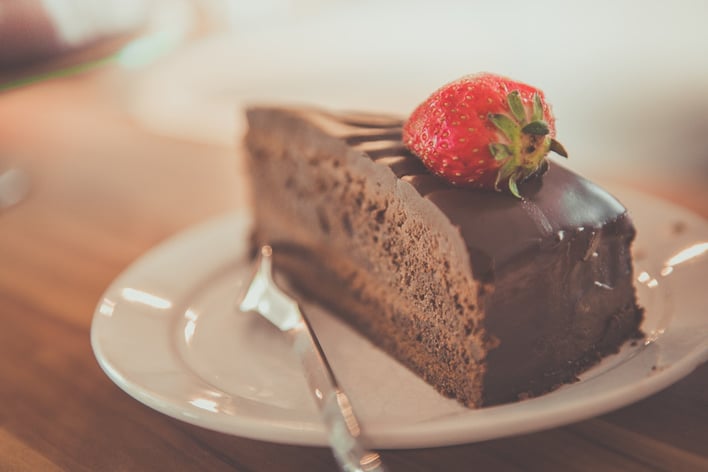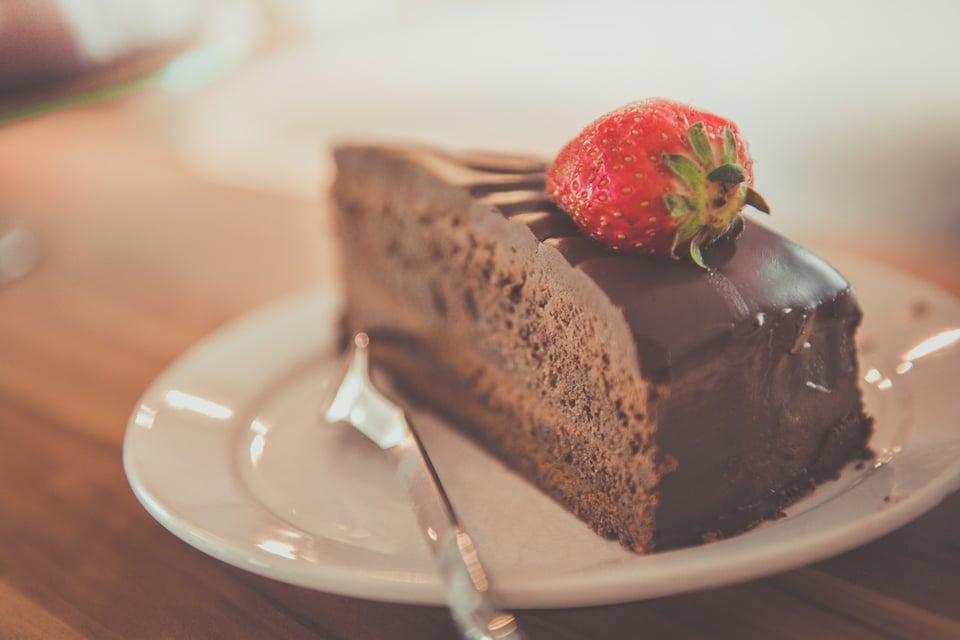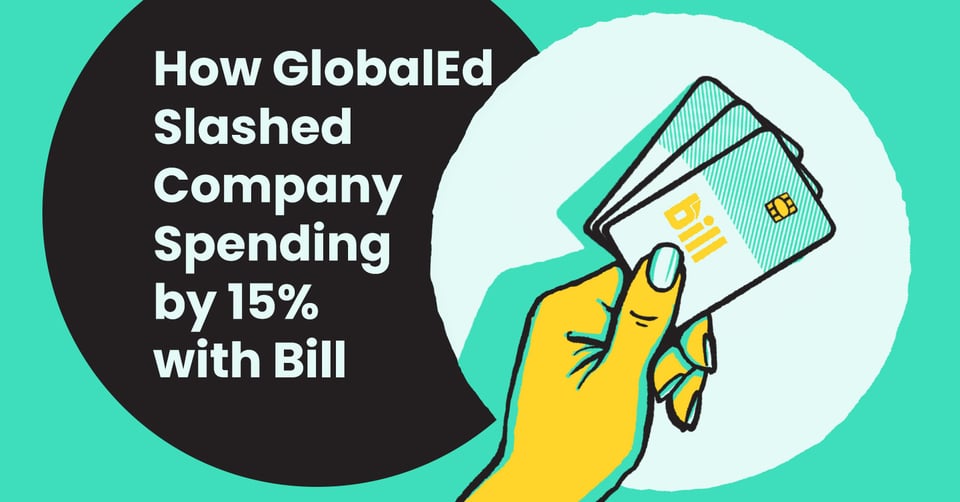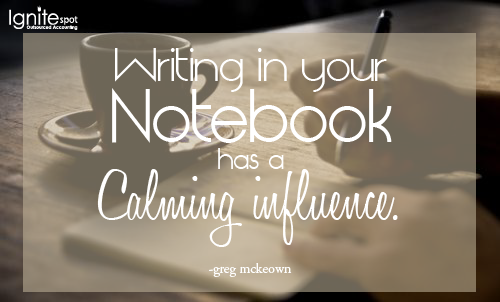
Think for a moment about your favorite indulgent food. It might be a cheesy slice of pizza or a decadent piece of chocolate cake. Just picturing it is enough to get your mouth watering, right?
And what about if you were to scrap everything you’re doing right now and run out to get said favorite food? How would it feel? You’d be filled with anticipation, a feeling of excitement about the indulgence you’re about to experience.
Biting into that slice of pizza or piece of cake would feel pretty great, but would you believe that the most intense moment, psychologically speaking, is actually the period directly leading up to that first bite, and not the bite itself?
It’s true, and it has to do with the way the brain is wired for anticipation. As entrepreneurs (a hungry one, on my part), we can use this psychological phenomenon to our advantage when marketing our brands.
Think ‘New And Next’
As illustrated in the food example above, it’s not the pleasurable event itself but the anticipation of that event that produces the most dopamine in the brain. And this isn’t just based on experience. It’s backed by science.
In a fascinating study, researchers monitored the dopamine levels in the brains of monkeys as they were given drops of tasty juice. Over time, the researchers conditioned the monkeys to associate an imminent serving of juice with the turning on of a light.
What the researchers found was that once the monkeys had learned that the light meant juice was coming soon, their dopamine levels were highest when the light was turned on—as opposed to when they finally tasted the juice.
What can we learn from this? It’s that the brain is hard-wired to enjoy and seek out moments of anticipation. From a business standpoint, we can capitalize on this by maintaining a ‘new and next’ perspective.
What’s new and exciting in your business today that you can share with your audience? What changes can you tease that are coming tomorrow?
University of Alabama football coach Nick Saban famously admitted that he allows himself just two days to kick back and celebrate after a big victory. Two days. After that, he’s looking ahead to the next thing on the horizon.
We can keep anticipation strong among our audience by adopting the same ‘what’s next?’ mentality in our businesses.
Use Consistent Imagery and Branding
 Another way to tap into the pleasure centers of our customers’ brains is to use consistent, recognizable images and branding across all consumer-facing materials.
Another way to tap into the pleasure centers of our customers’ brains is to use consistent, recognizable images and branding across all consumer-facing materials.
In a study published in the journal Neuron, neuroscientist Read Montague explained how good branding wins out over other factors—including a consumer’s personal preference—during the buying process.
Montague conducted a Pepsi versus Coke taste test on participants while they were subjected to an MRI. When the competing drinks weren’t labeled, the majority of subjects preferred Pepsi over Coke. In another round of testing with the labels revealed, though, the participants flip-flopped and overwhelmingly selected Coke as the better option!
Further, he observed that the pleasure centers of the participants’ brains lit up simply from seeing the preferred Coke label—without even tasting the soda.
Is your branding powerful enough to evoke the same kind of response? You can help reinforce it by using the same logo, brand colors and style consistently and across all mediums.
Focus On Your Brand Promise
Thus far, we’ve been talking about techniques to take advantage of the positive response your brand evokes in a customer’s brain. None of that can happen, though, without those positive feelings existing in the first place. To achieve that, you must have a strong and authentic brand promise.
As the name implies, your brand promise is the commitment you make to the customer. It’s the cumulative whole created by your purpose/mission statement, your positioning in the marketplace, and your approach to doing business. Without this, everything else we’ve talked about is irrelevant.
If you feel like you’re struggling to create a brand that ‘sticks’ in the mind of consumers, turn your attention back to your brand promise. Focus first on defining it uber-clearly, and then on making sure every piece of collateral or content that you put out ties back to that promise.
By harnessing some of the most basic psychological principles surrounding anticipation, we can build companies customers not only love, but crave interacting with.
Get more science-backed tactics for building a more profitable company by subscribing to our blog!














.png)


